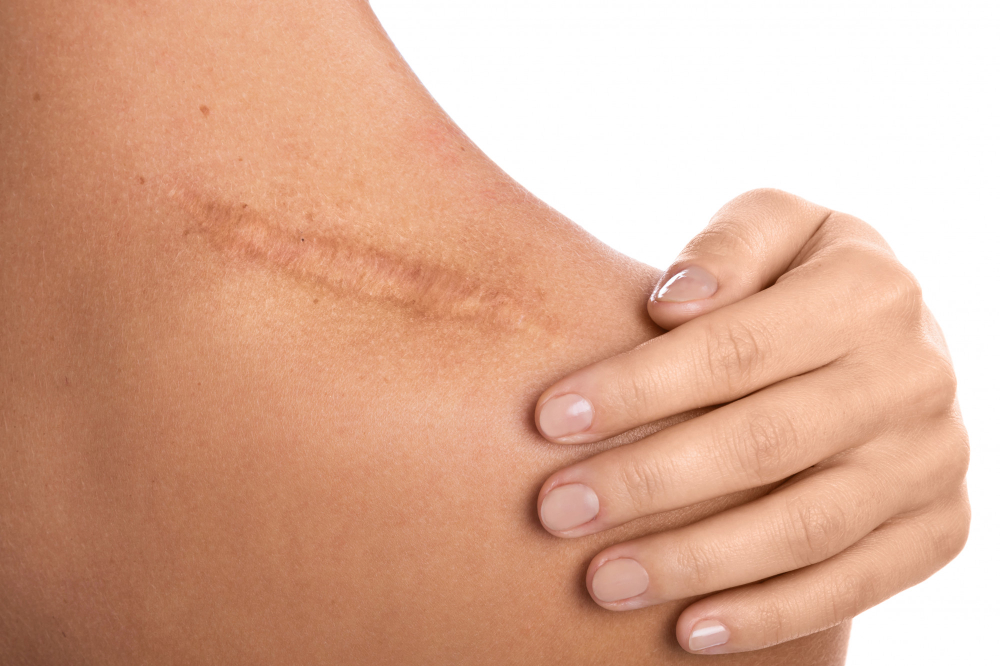



A full-thickness cut on the skin always leaves a scar. However, the resulting scar varies in appearance for everyone and in every area. The cause of this scar can be a surgical incision, burn, or any injury. If the scar is not due to a sharp cut like a knife, it generally heals. Conversely, scars formed on burned, crushed, and damaged skin are always worse. Some areas of the body, such as the eyelids, face, and mucosa, heal very well, while areas between the shoulders, back, and chest generally heal poorly, and the resulting scar is always pronounced. The poor healing of scars entirely depends on the individual's constitution. The likelihood of developing hypertrophic scars and keloids is very high. Conversely, it can rarely occur, and the resulting scars may be so faint that they will fade away.
Today, numerous scars occur in the human body due to various surgeries, injuries, and accidents. These scars, especially in visible areas such as the face, can disturb a person's psychology, making them feel insecure and uncomfortable in society. Everyone wants to get rid of these scars completely, but it is not possible for scars to disappear entirely. However, scars can be significantly reduced or made to appear more indistinct.
Two methods are applied to eliminate scars. One is the surgical method, and the other is fractional laser treatment. In the surgical method, the scar is surgically cut, and aesthetic sutures are used to significantly reduce the scar's visibility. If scars cannot be corrected by surgical intervention, there are not many treatment options available. At this point, fractional laser treatments come into play, and the resulting scars can be reduced.
The most suitable laser type for scar treatment is fractional laser. This allows the skin to be fully renewed. Scars that do not heal well are usually raised, widened, and red. Fractional laser application reduces the raised scar to the skin level. The red scar is faded to match the skin color, and there is also a slight reduction in the scar's width.
Fractional laser treatment is applied in 4-6 sessions every month. The use of scar-reducing creams or silicone sheets between sessions enhances the success of the results obtained. However, the benefit obtained can vary depending on the existing scar and the individual. Generally, the observed benefit is in the range of 30-60%. The application should be done in the fall and winter months. Summer months are not a suitable season for the procedure.
After laser application, there is a mild brown peeling in the scarred area of the skin that will last for 3-5 days. The use of moisturizers and healing-accelerating creams is beneficial. The individual can take a shower and continue their daily life.
